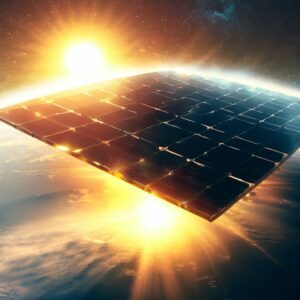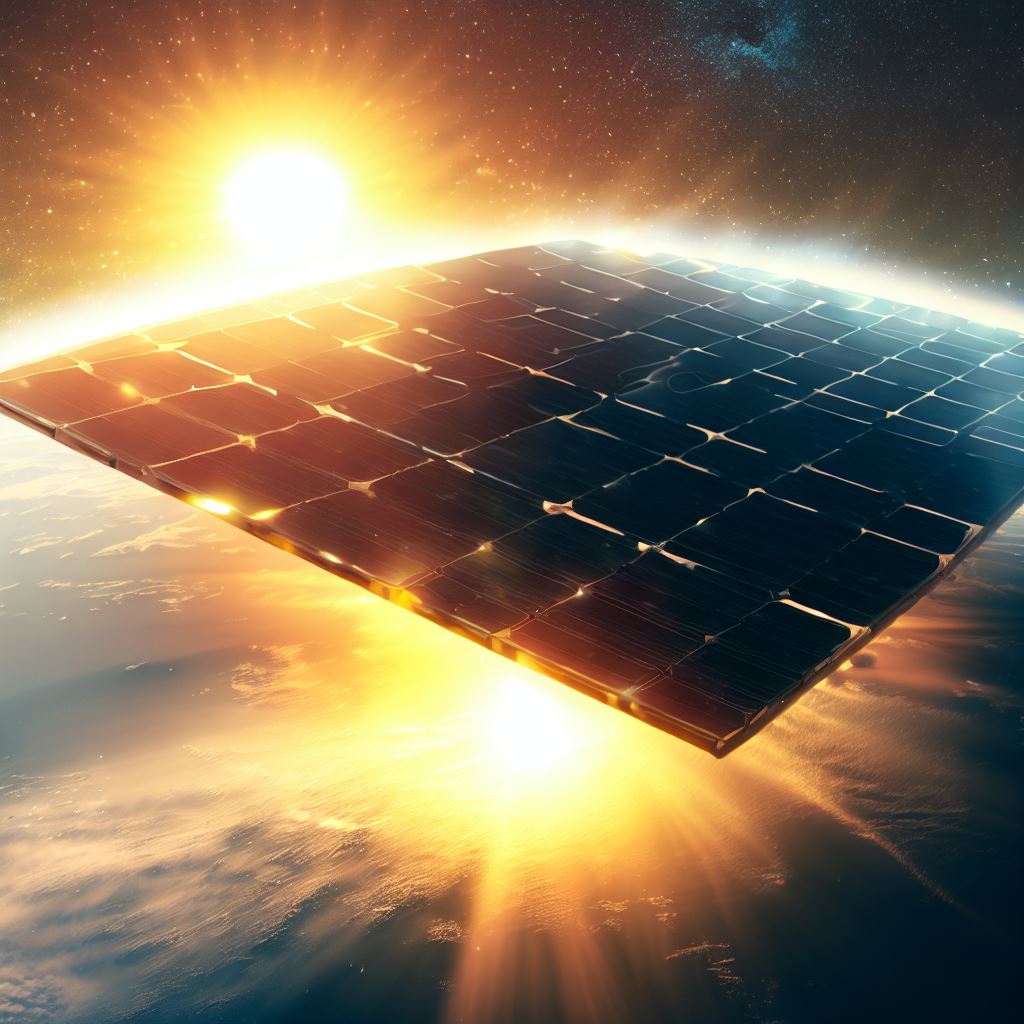 This year, several reports have highlighted the growing possibility of harnessing solar power from space, a concept that has garnered support from esteemed individuals, tech firms and educational bodies. What was once considered an unlikely idea is swiftly gaining traction as investments in eco-friendly innovations spur the inception of groundbreaking clean energy programs.
This year, several reports have highlighted the growing possibility of harnessing solar power from space, a concept that has garnered support from esteemed individuals, tech firms and educational bodies. What was once considered an unlikely idea is swiftly gaining traction as investments in eco-friendly innovations spur the inception of groundbreaking clean energy programs.
The anticipated method for generating solar energy in space would involve energy-transmitting satellites, fitted with solar panels, gathering high-intensity, consistent solar radiation. By employing colossal mirrors, solar rays could be reflected onto smaller solar receptors before being wirelessly transmitted to Earth as microwaves or laser beams.
In May, a hybrid Japanese collaboration consisting of public, private, and academic sectors declared their intention to conduct a pilot implementation of a space-based solar farm as soon as 2025. Led by the Ministry of Economy, Trade and Industry and supplemented by scholars from Kyoto University, the venture is one amongst many, with ambitious goals of producing solar power using similar methods. An escalating number of corporations are experimenting with new technologies to evaluate the feasibility of converting solar power into microwaves and transmitting them to receival points on Earth. If proven successful, this could signify a massive revolution in renewable energy, allowing us to tap into the sun’s energy constantly, regardless of weather conditions.
Nevertheless, the realization of this vision won’t be straightforward. One of the major obstacles is the astronomical expense linked to inaugurating such a space solar project. The installation of giant solar panels, with the capacity to generate 1 GW of electricity, could potentially set back investors by more than $7.2 billion. Despite this hefty cost, Japanese researchers exhibit escalating optimism towards the project’s feasibility, especially since the group has previously carried out successful horizontal and vertical tests of microwave power transmission in 2015 and 2018 respectively. In the words of Naoki Shinohara, the scientist spearheading the project, “If we can establish our technology ahead of global competitors, it could serve as a leverage in space development negotiations with other nations.”

